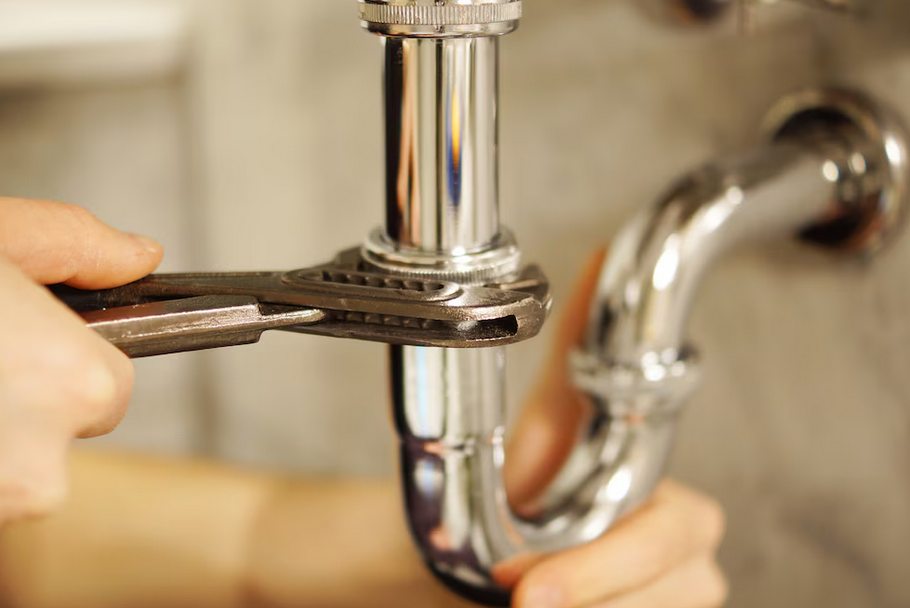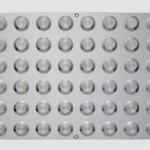Balconies, while providing an aesthetic and functional outdoor space, are particularly vulnerable to water intrusion. Detecting and addressing balcony leaks promptly is crucial for maintaining the structural integrity of a building, preventing costly repairs, and ensuring the safety of its occupants.
Causes of Balcony Leaks
Balcony leak detection often occur due to a combination of factors, including:
- Poor Waterproofing: A balcony’s waterproof membrane is its primary defense against moisture. Over time, this layer can degrade due to UV exposure, temperature fluctuations, and wear and tear.
- Improper Drainage: Inadequate or clogged drainage systems can lead to water pooling, increasing the risk of leaks.
- Cracks and Structural Damage: Shifting foundations, heavy loads, or natural wear can cause cracks in the balcony’s surface, providing pathways for water to penetrate.
- Faulty Construction: Incorrect installation of tiles, insufficient slope for water runoff, or substandard materials can lead to premature failure.
Early Signs of Balcony Leaks
Early detection is key to minimizing damage. Common signs of a leaking balcony include:
- Visible Cracks: Look for fissures in tiles, grout, or concrete.
- Water Stains: Discoloration or damp patches on ceilings or walls below the balcony.
- Efflorescence: A white, powdery residue often left behind by water evaporating through masonry.
- Mold and Mildew: Persistent moisture encourages the growth of fungi, which can lead to health issues.
Effective Leak Detection Methods
- Visual Inspections: Regular checks for obvious signs like cracks, stains, or mold are the first step in identifying potential leaks.
- Moisture Meters: These devices detect hidden moisture levels in walls, floors, and ceilings.
- Infrared Thermography: This non-invasive method uses thermal imaging to locate areas of trapped moisture.
- Flood Testing: Professionals often flood the balcony surface with water and monitor for leaks in adjacent areas.
- Dye Testing: Colored dyes are introduced to trace water paths, helping to pinpoint leaks.
Preventive Measures
Preventing balcony leaks starts during construction and continues with regular maintenance. Key practices include:
- Proper Waterproofing: Ensure high-quality membranes are used and correctly installed.
- Adequate Drainage: Regularly clean drains to prevent blockages and maintain proper water flow.
- Routine Inspections: Schedule professional inspections, especially after heavy rain or extreme weather.
- Repairs and Upgrades: Address minor issues like cracked grout or tiles promptly to prevent larger problems.
Professional Assistance
While minor issues can sometimes be addressed by homeowners, many balcony leaks require professional expertise. Contractors use advanced tools and techniques to diagnose and fix leaks effectively, often applying modern waterproofing solutions to ensure durability.
Conclusion
Balcony leaks are more than just an inconvenience; they can jeopardize the safety and longevity of a structure. By staying vigilant, using advanced detection methods, and implementing preventive measures, homeowners can safeguard their investment and enjoy their balconies worry-free. Investing in professional detection and repair services is a small price to pay compared to the potential cost of extensive water damage.


